Structural design and non-conductive materials to protect pedestrians, workers, animals, and children in public spaces
New subseries: informed choices for responsible lighting
ARRE —3/7/2025— As part of Campus ATP, we are launching a new editorial line designed to support technicians, engineers, and municipal decision-makers in selecting public lighting solutions. This subseries, titled Decision factors in public lighting, will explore the key criteria that influence technical purchases — from electrical safety to energy efficiency, maintenance-free durability, and visual comfort.
Each article addresses one essential factor with a technical yet accessible approach, combining regulations, practical foundations, and proven design strategies. The topics are presented in order of importance — and we begin with what should always be the first filter: electrical safety.
Total electrical safety: how to eliminate the risk of electrocution in public lighting
Electrical safety in public lighting remains a real concern. Every year, accidents are reported involving electrocution caused by faulty lighting columns with internal faults or exposed conductive parts. These incidents affect maintenance personnel, pedestrians, and animals — especially dogs — and, in particular, children playing in direct contact with lamp posts in parks and streets.
Preventing these situations requires a structural approach: non-conductive materials, designs without exposed metal parts, and dielectric strength far above the minimum required by standards.
Class II: standard and limitations
International standard IEC 60598-1 defines different levels of electrical insulation. The most widely used for public lighting is Class II, which requires double or reinforced insulation with no need for a grounding connection. To be certified in this category, a product must meet a minimum dielectric strength of 3000 volts.
What is dielectric strength?
It is a material’s ability to resist electrical current without becoming conductive. The higher the value, the greater the protection against accidental discharges — even in the event of an internal fault.
While Class II already provides a high level of safety, its effectiveness over time depends on the system’s design and the durability of its materials. If the insulation degrades or metallic parts become exposed, the risk of electrocution re-emerges.
Structural insulation: beyond compliance
Some lighting systems go beyond the limits of the standard by implementing complete structural insulation. In this approach, not only are internal components protected — the entire outer shell of the lighting column is made of non-conductive material, from the luminaire to the base.
These systems often use engineering-grade polymers with dielectric strength exceeding 22,000 volts, over seven times the requirement. This reinforced safety eliminates the risk of electrical discharge entirely, without relying on grounding or periodic maintenance.
The column: a critical point of contact
The lighting column or pole is the part most exposed to physical contact. Unlike the luminaire itself, which is out of reach, the pole is accessible to anyone walking by, leaning on it, or playing nearby. It is especially common for children to interact with streetlights during play, often without adults recognizing any risk.
Similarly, dogs often come into contact with the base of the column during walks — particularly when sniffing or urinating. In these scenarios, any defect in insulation can result in serious harm.
Synergy Tube®: permanent insulation without maintenance
To eliminate this risk at its source, some manufacturers have developed solutions like the Synergy Tube® — a hybrid structure combining a metal core with a fused coating of non-conductive polymer (S7) that is also immune to corrosion.
This coating ensures that every external surface of the column remains safe to touch, even in the presence of rain, salinity, UV radiation, or airborne pollutants. Unlike other systems, it does not require painting, inspections, or protective coatings — insulation is embedded in the structure itself.
Visible safety
A key benefit of structurally insulated systems is their visible safety: with no exposed metal, it is visually obvious that the pole is non-conductive. This simplifies work for technicians and reduces the risk of improper handling.
Moreover, when a municipality opts for such a system, it signals a real commitment to public and environmental safety, not just regulatory compliance.
Safety for all: people, animals, and children
Preventing electrocution is not merely a technical measure — it is a matter of public responsibility. Touching a lighting column should never pose a danger, especially not to those unaware of the risks: children playing, distracted pedestrians, or pets in contact with the base.
As Guillermo Redrado, vice president of operations at ATP Lighting, puts it:
“The idea that a streetlight could electrocute a person or a dog is simply unacceptable to us at ATP Iluminación. That’s why we rely on structurally insulating materials and designs that eliminate this risk entirely, without relying on maintenance or grounding.”
Why electrical safety should be the first selection criterion
Selecting a public lighting system involves many considerations. But none of them matter if safety is not guaranteed first. Structurally insulated systems eliminate risk from the outset, simplify installation, reduce interventions, and protect the entire community — people, animals, and children alike.
In the next article of this subseries, we’ll explore another fundamental factor in lighting system selection: maintenance-free durability as a key to optimizing public investment and reducing total cost of ownership.
Press contact:
Julio Aparicio
ATP Lighting
comunicacion@atpiluminacion.com
Copyright © 2016 ATP Lighting Inc. All rights reserved. ATP Lighting, the ATP Lighting logo and all trade names listed on this website with the ® symbol are registered trademarks of ATP Lighting.


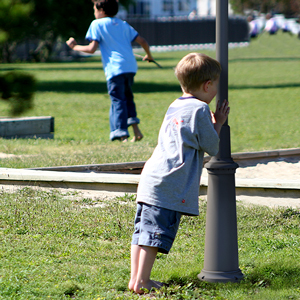
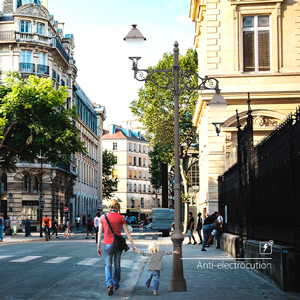
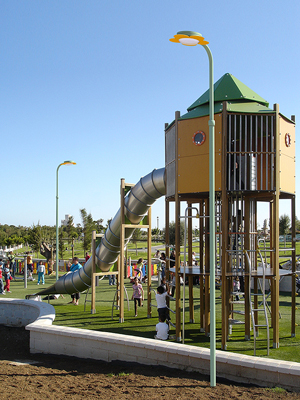
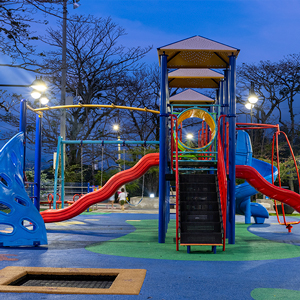
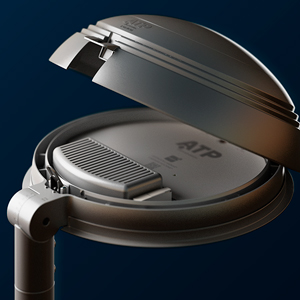
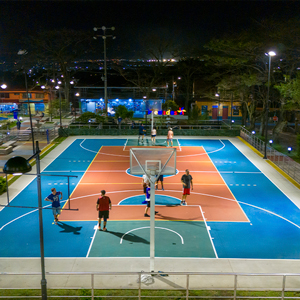
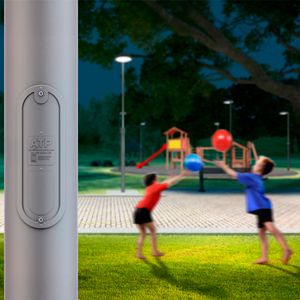
![[...]](https://www.atpiluminacion.com/xtra/imgs/loading.gif)